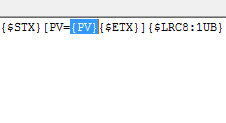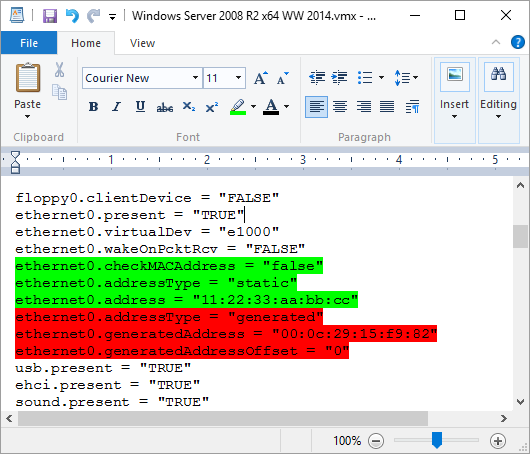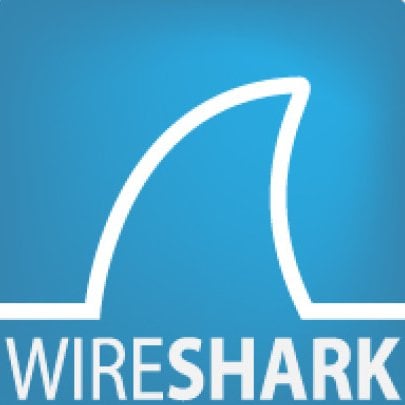So far in our ongoing Exploring OPC UA blog series, we have taken a primarily general look at OPC UA Certificates and how they are used by OPC UA clients and OPC UA servers to keep industrial data secure.
In this third post of the series, we'll take a step back and look at OPC UA security in general with respect to the layered approach that is employed to cover aspects such as authentication, confidentiality and the integrity of communications.










